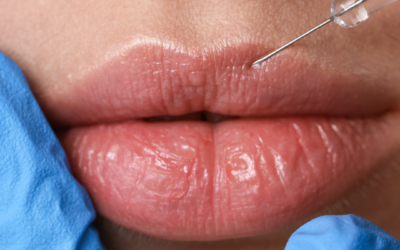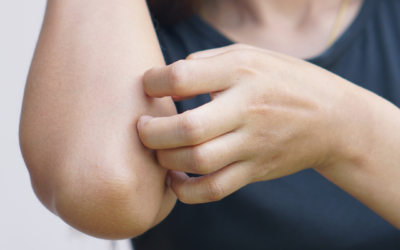
Did you know? The same virus that causes chickenpox also causes shingles. But wait, even though it is the same virus, chickenpox, and shingles are two different illnesses.
What is Chickenpox?
Chickenpox is a highly contagious disease caused by the varicella-zoster virus. It can cause an itchy, blister-like rash. The rash first appears on the chest, back, and face and then spreads over the entire body, causing 250 to 500 itchy blisters. Chickenpox can be severe, especially in babies, adolescents, adults, pregnant women, and people with bodies that have a lowered ability to fight germs and sickness (weakened immune system). The best way to prevent chickenpox is to get the chickenpox vaccine. Generally, the blisters dry out within one week, and scabs form and fall off.
What is Shingles?
Shingles, or herpes zoster, is a painful skin rash that develops on one side of the face or body. It is caused by the varicella-zoster virus, the same virus that causes chickenpox. Anyone who has had chickenpox in the past can get shingles because the virus remains in the body after a person recovers from chickenpox. When or if the virus reactivates shingles in the result. Shingles is more common in older adults, people who have medical conditions that weaken the immune system, and people who take medications that suppress their immune systems. Getting vaccinated is the best way to prevent shingles.
How can these illnesses be prevented?
The best way to prevent chickenpox and shingles is to get vaccinated. To be vaccinated, contact your doctor.





